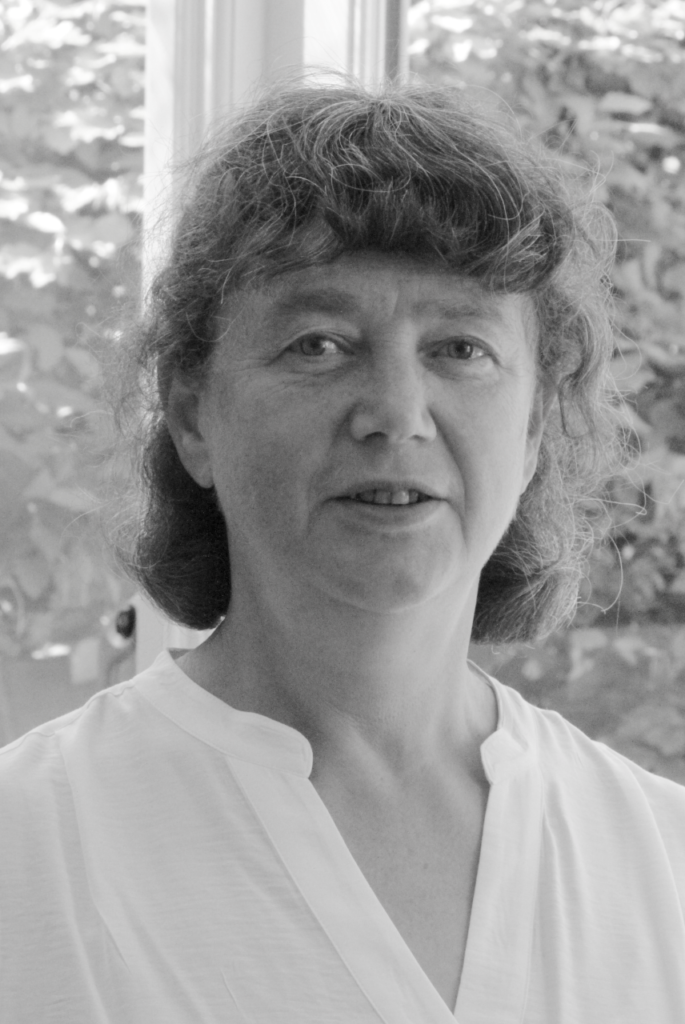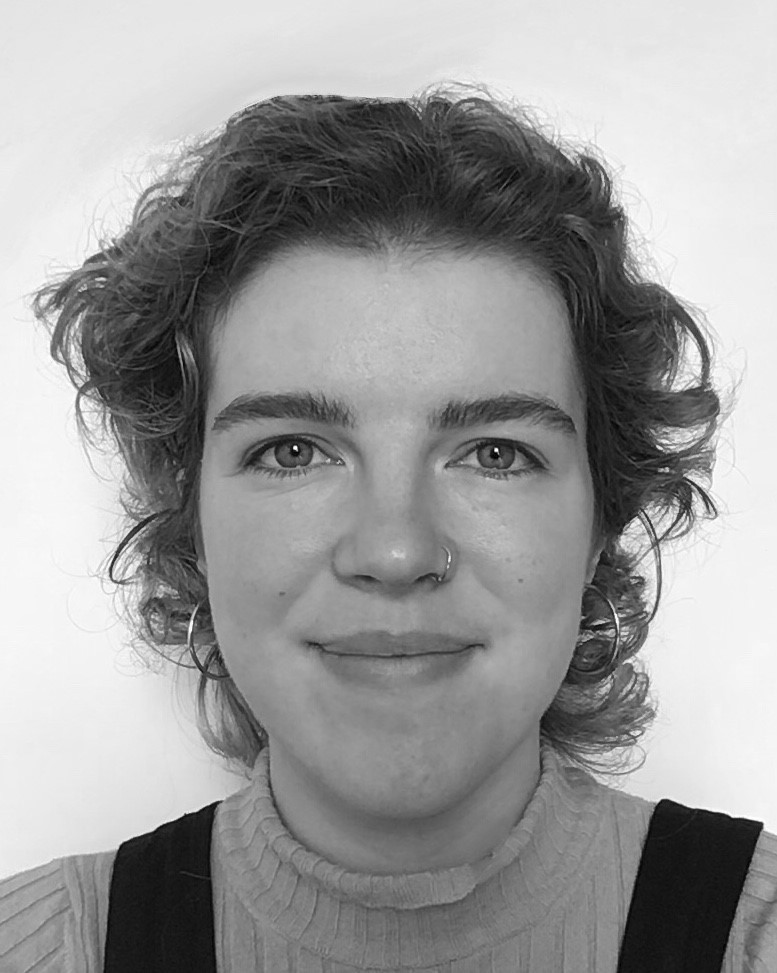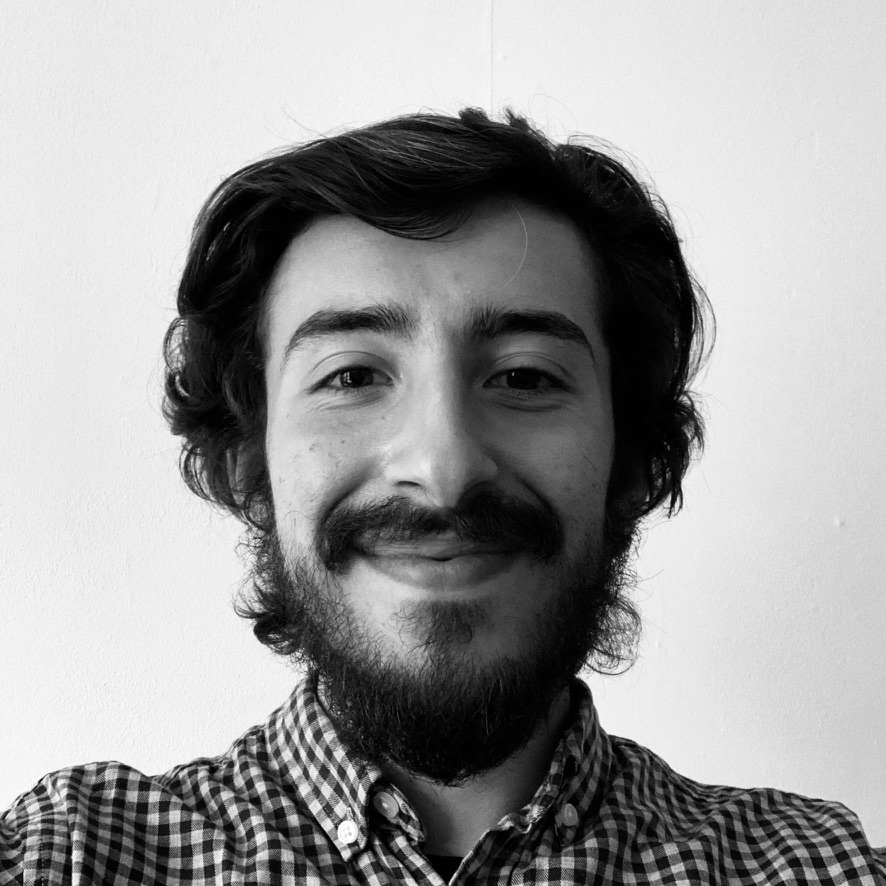
In this episode, Áine Kavanagh, a former student from The University of Edinburgh’s Reproductive Biology BSc, and her former professor and programme organiser, Norah Spears, detail a class project which involves developing new Wikipedia articles about unpublished medical terms. They discuss this with Ewan McAndrew, The University of Edinburgh’s Wikimedian in residence, and Lucy Crompton-Reid, the Chief Executive of Wikimedia UK. This episode is the third of our Wikimedia Series, which aims to recontextualize Wikimedia’s role in academia on its 21st birthday.
Many people turn to Wikipedia articles when introduced to an unfamiliar medical term, especially when it pertains to themselves or a loved one. But who writes these articles? Some come from within The University of Edinburgh, where fourth-year students in the Reproductive Biology BSc programme have been creating articles about previously unpublished medical terms for the past six years.
One such student, Áine Kavanagh, a now-graduate who took part in the first iteration of this project, reunites with her former professor, Norah Spears, to discuss the project with Ewan McAndrew, The University of Edinburgh’s Wikimedian in residence, and Lucy Crompton-Reid, the Chief Executive of Wikimedia UK. The former professor-student pair begin the conversation by detailing the project and touching on whether they believe it works in practice. Áine elaborates on how it felt exciting, as a student, to work on something public-facing.
I do remember, as professor (Norah) says, there was a buzz. There was a sense that we were working on something a bit more exciting than an essay. It was something that was going to be public facing. And I think it made a lot of our skills and knowledge suddenly relevant, suddenly publicly useful in a way I don’t think any of us had experienced in the first three years of our degree.
Áine Kavanagh
The conversation then expands to a more general conversation about improving science communication with Wikipedia, along with how it works in practice. The quartet cover captivating questions: What do students gain from these types of projects? What strategies are used to write scientific articles that are digestible to a lay audience? What role do diagrams play, and how are they created? And, does Wikipedia Medicine have a higher ‘standard of proof’ than other Wikipedias?
This exciting, informative episode is an essential listen for anyone interested in how medical articles on Wikipedia are actually formed, and how projects such as these can be integrated into the curriculum.
The next episode of our Wikimedia Series, ‘Wikipedia: Where are they women?’, will be released next week.
Listen Now:
Transcript:
|
 Norah Spears
Norah Spears
Norah Spears is Professor of Reproductive Physiology, working in Biomedical Sciences. Her research investigates how chemotherapy treatment can affect people’s fertility, work that is part of Edinburgh Fertility Preservation, a group of clinicians and scientists in Edinburgh whose work aims to improve the outcome for patients whose treatment may compromise their long-term fertility.. For young people, effects of cancer treatment on fertility are of great concern, yet the primary site of action of chemotherapeutic drugs on the ovary or testis is still unknown, hampering the development of treatments to mitigate these adverse effects. Norah also has a strong interest in equality and diversity issues, including improving the gender balance in STEM subjects at Universities.
 Áine Kavanagh
Áine Kavanagh
Áine Kavanagh is a second year student on the Scottish Graduate Entry Medicine programme. She previously studied under Prof Norah Spears on the Reproductive Biology degree course at University of Edinburgh. During this time she wrote a Wikipedia entry for high grade serous ovarian carcinoma, the most common type of ovarian cancer.
Ewan Mcandrew
Ewan McAndrew has been the Wikimedian in Residence at the University of Edinburgh since January 2016 supporting the university’s commitment to developing information literacy and digital skills as a free resource available to all staff and students. Prior to this, Ewan has worked as an English and Media teacher in the Far East (Japan, Singapore and South Korea) and in Scotland. Latterly, he has completed an Information Management degree, hosted the ‘Celtic Knot’ minority language Wikipedia conference, and launched the Map of Accused Witches of Scotland website.
Lucy Crompton-Reid
Lucy Crompton-Reid is the Chief Executvie of Wikimedia UK.
Series produced and edited by:
 ERIC BERGER
ERIC BERGER
Eric is a Mathematics and Statistics student at The University of Edinburgh, and a podcasting intern for Teaching Matters. Eric is passionate about university student mental health, interviewing researchers for the Student Mental Health Research Network at King’s College London, leading the University of Edinburgh’s WellComm Kings Peer Support Scheme, and conducting research on stigma for People With Mental Illnesses (PWMI). In his free time, he enjoys watching and playing sports, over-analysing hip-hop songs, podcasts, and any sort of wholesome shenanigans.


